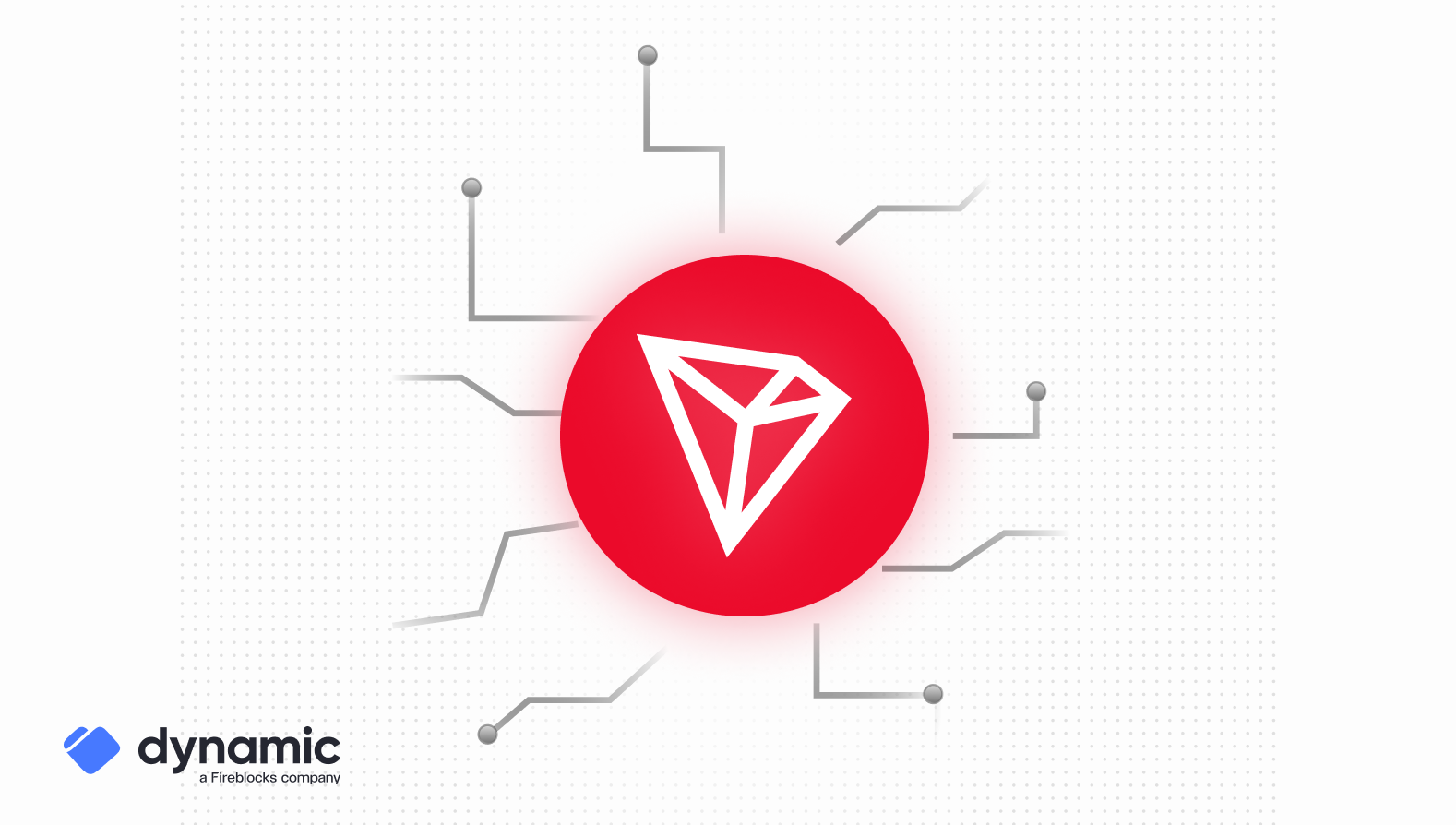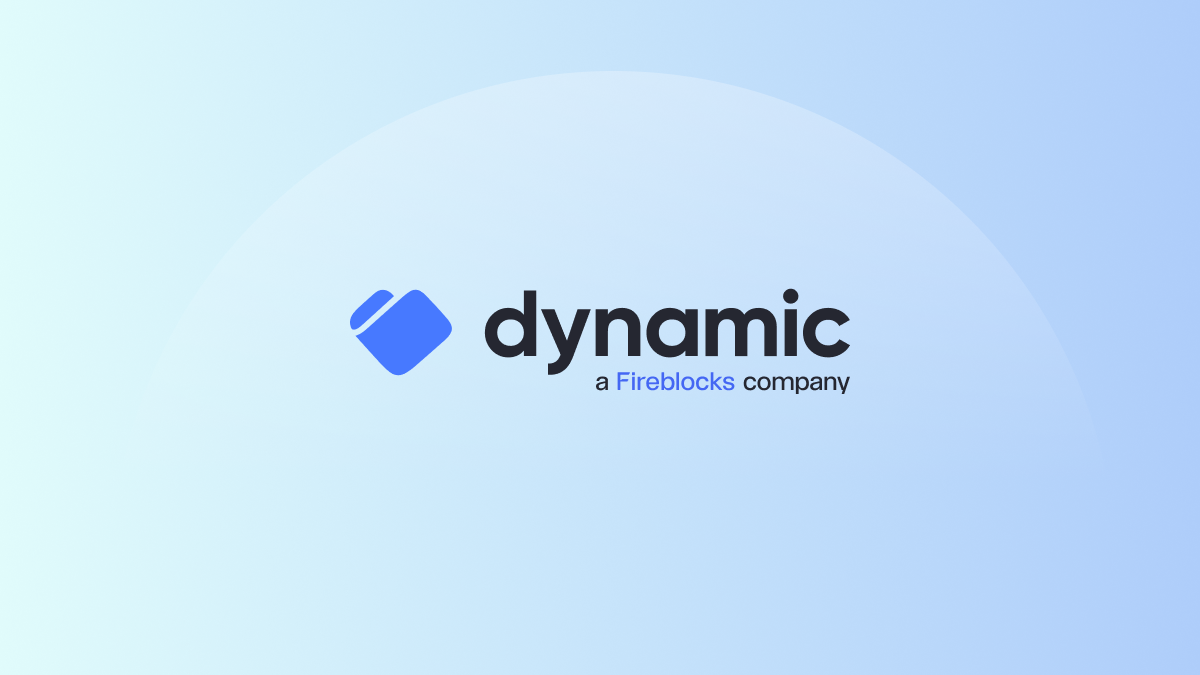Multi-Chain Auth That Just Works: One Identity Across EVM, Solana, and More


The crypto ecosystem has evolved beyond single-chain applications, creating fragmented user experiences across chains. Users now expect seamless experiences that span multiple blockchains, from Ethereum and Polygon to Solana and beyond. Yet most authentication systems force users through separate login flows for each chain, creating friction that kills conversion.
Multi-chain authentication is essential for modern apps because supporting multiple chains isn’t optional anymore. Apps that can’t provide unified user experiences across chains lose users to competitors that can. The challenge is doing it without destroying user experience.
What is Multi-Chain Authentication?
Multi-chain authentication enables users to authenticate once and access applications across multiple blockchain networks with a single identity. Instead of managing separate wallets and login flows for each chain, users maintain one unified session that works everywhere.
The difference between cross-chain and multi-chain approaches is fundamental. Cross-chain solutions move assets or data between blockchains through bridges or interoperability protocols. Multi-chain authentication focuses on user identity and session management across different networks, ensuring users can interact with any supported blockchain without re-authenticating. Multi-chain auth treats blockchain networks as different deployment environments for the same user identity.
Common Multi-Chain Auth Challenges
Session Persistence Across Chains
Traditional wallet connections are chain-specific. When users switch from Ethereum to Solana, they often need to disconnect their current wallet and connect a different one. This breaks session continuity and forces users to re-authenticate, creating multiple points of friction that lead to abandonment.
Wallet Compatibility
Different blockchains require different wallet types. MetaMask works for EVM chains but not Solana. Phantom handles Solana but lacks support for some other chains. Users end up juggling multiple wallets, each with different interfaces, seed phrases, and security models, creating confusion and security risks.
Security Tradeoffs
Maintaining secure sessions across multiple chains introduces complexity. Each additional chain increases the attack surface. Traditional approaches often compromise security for convenience or create overly complex flows that users abandon. DeFi projects report drop-off rates of 30–40% during wallet switching flows.
Dynamic’s Multi-Chain Authentication Architecture
Dynamic’s approach unifies authentication across all major blockchain networks through a single SDK integration. The system supports:
- EVM-compatible chains: Ethereum, Polygon, Arbitrum, Base, and Optimism
- Every SVM network and Solana
- Emerging networks such as Sui
- Additional chains are added regularly, such as Bitcoin, Flow, and more
Dynamic unifies embedded and external wallets through a consistent identity layer. When users authenticate with Dynamic, they receive a session that works across all supported chains. The system works with both embedded wallets created through Dynamic’s infrastructure and external wallets users bring from other applications. This flexibility means users can authenticate with their preferred method while maintaining multi-chain capabilities.
The system maintains security by generating chain-specific cryptographic proofs while keeping the user session unified. Users authenticate once but can securely interact with any supported blockchain.
Use Cases & Examples
Multi-chain authentication unlocks cleaner, faster user experiences across many common Web3 verticals. Here’s how unified login and session persistence shows up in real-world apps:
- Cross-Chain Marketplaces: NFT marketplaces supporting both Ethereum and Solana collections can offer unified browsing experiences. Users authenticate once and can purchase NFTs on either chain without switching wallets or re-logging in. This dramatically improves conversion rates for high-value purchases.
- GameFi: Gaming applications often use multiple chains for different purposes. Ethereum for valuable NFTs, Polygon for frequent transactions, Solana for real-time interactions. Multi-chain auth lets players maintain one gaming identity across all chains, simplifying asset management and social features.
- DeFi Aggregators: DeFi platforms aggregating liquidity across multiple chains can provide seamless trading experiences. Users can compare opportunities on Ethereum, Arbitrum, and Solana within a single interface, executing trades on the most favorable chain without authentication friction.
- Cross-Chain Portfolio Management: Portfolio tracking applications can display and manage assets across all major blockchains. Users authenticate once and gain visibility into their complete crypto holdings, regardless of which chains hold their assets.
How Dynamic Excels at Multi-Chain Authentication
Dynamic’s multi-chain authentication removes the need to manage fragmented sessions, wallet logic, and custom chain handling. With one SDK, teams can support EVM chains, Solana, and more, while users authenticate once and interact across networks without interruption.
Dynamic makes it easier to build unified wallet experiences, deliver consistent sessions, and scale across chains without adding complexity. Everything stays connected, secure, and ready for growth.
Share this article




